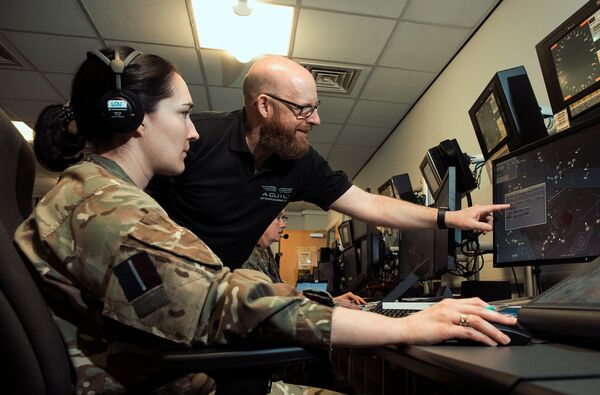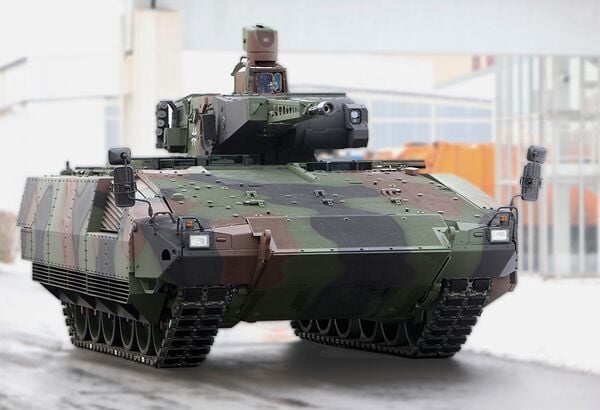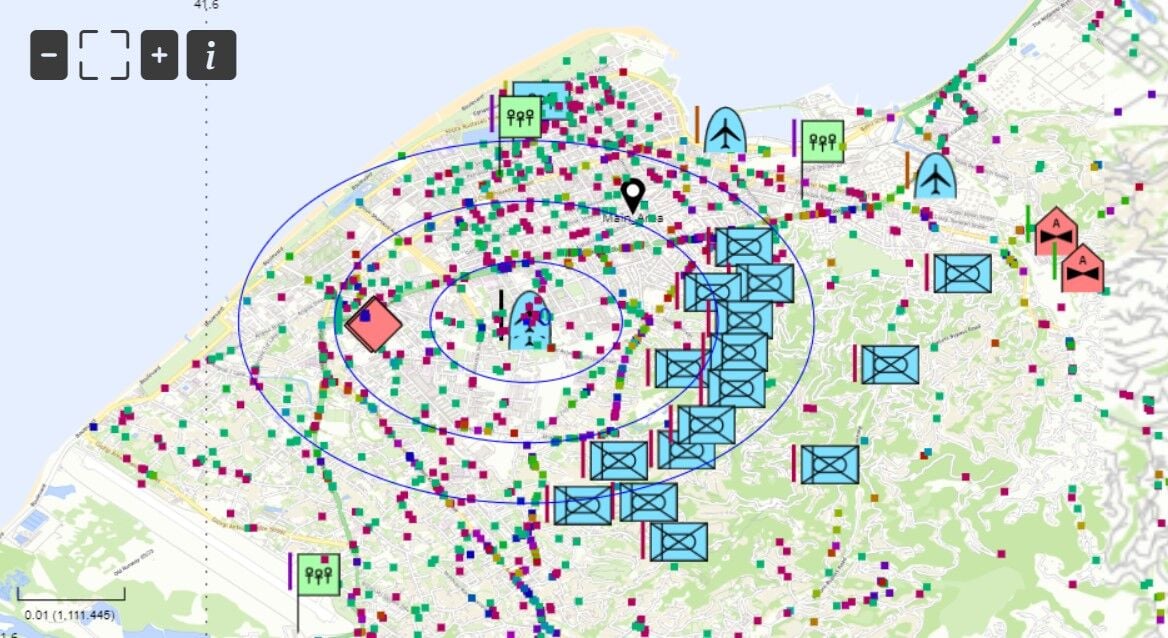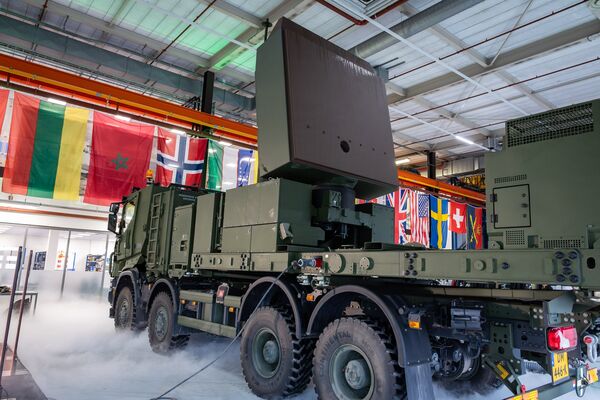- About
- Intara
- Capabilities
- Advisory
- Resources
- News
- Store
UK establishes new air traffic management hub at RAF Coningsby
13 May 2022
by Olivia Savage


Radar operators have relocated to a specialised hub – TATCC, which will help to monitor critical data. (MoD Crown Copyright 2022)
As part of Project Marshall, radar operators at Royal Air Force (RAF) Waddington have relocated to a new specialist hub at RAF Coningsby, the UK Ministry of Defence (MoD) announced on 12 May.
This is the first of a series of transitions that will involve approach control room radar operatives, from multiple units, moving to a centralised Terminal Air Traffic Control Centre (TATCC), the announcement said.
Project Marshall is a GBP1.4 billion (USD1.7 million) 22-year programme to modernise and replace the British Armed Forces' military air infrastructure. In 2014 Project Marshall was awarded to Aquila Air Traffic Management Services consortium, a joint venture between Thales and NATS (previously National Air Traffic Services).
Radar operators working in the centralised hub at RAF Coningsby will have access to ‘state-of-the-art' radar displays and sensors, enabling them to control with precision and effectiveness. The Visual Control Room will remain active at Waddington, the announcement noted.
At the time of publication, an MoD spokesperson was unable to detail what equipment had been installed at the new hub.
Germany orders simulators for Puma IFVs
19 April 2024
by Olivia Savage


The Bundeswehr has ordered 258 sets of AGDUS systems for its Puma IFVs following successful integration tests. (PSM GmbH)
The Bundeswehr is receiving new training simulators for its Puma infantry fighting vehicles (IFVs).
In total, 258 sets of Training Device, Duel Simulator (Ausbildungsgerät Duellsimulator: AGDUS) systems are being delivered for the Puma IFVs by the end of 2026, the Bundeswehr announced on 15 April.
The EUR109 million (USD116 million) contract will be financed from the EUR100 billion Bundeswehr special fund.
A Rheinmetall/Krauss-Maffei Wegmann (KMW) consortium received an order from the Bundeswehr in December 2019 valued at EUR54 million for the provision of six AGDUS systems for integration tests on the Puma. Full-scale serial production of AGDUS would then begin once testing was complete, with up to 252 Puma IFVs being equipped with the systems for EUR88 million.
A Rheinmetall spokesperson confirmed to Janes that the company, along with KMW+Nexter Defense Systems (KNDS) Germany, are supplying the new AGDUS simulators to the Bundeswehr and that full-scale production has now officially begun.
Hadean, 4C Strategies integrate products to reduce training burden
18 April 2024
by Giles Ebbutt


A screenshot of the Hadean POLI constructive simulation displayed through the 4C Strategies Exonaut training management software. (Hadean)
Hadean and 4C Strategies have successfully integrated a constructive simulation with Exonaut exercise management software, utilising Hadean's spatial computing platform.
The integrated solution, displayed at the International Training Technology Exhibition & Conference (IT²EC) 2024 in London, enabled Hadean's Pattern of Life Indicator (POLI) constructive simulation to be controlled from within 4C Strategies Exonaut software.
Exonaut is widely used in the UK and NATO as an exercise management tool, while constructive simulation is fundamental to effective command and staff training. Integrating the two previously separate functions offers the potential to improve training.
Explaining the integration, Paul Steel, UK military sales director for 4C Strategies, told Janes
Thales to supply Netherlands with seven additional radars
16 April 2024
by Olivia Savage


The Netherlands has ordered seven additional GM200 MM/C radars from Thales after having ordered an initial nine in February 2019. Pictured is the first GM200 MM/C radar being handed over to the Royal Netherlands Army in Hengelo in February 2024. (Dutch MoD/Sgt Maj Gregory Fréni)
The Dutch Command Materiel and IT (COMMIT) procurement authority has ordered seven additional Ground Master 200 Multi-Mission/Compact (GM200 MM/C) radars from Thales.
The contract includes an option for two additional radars, according to a Thales announcement on 15 April.
The GM200 MM/C is a compact mobile radar that can detect, track, and classify a large number of targets including rockets, artillery shells, mortar rounds, unmanned aerial vehicles (UAVs), aircraft, helicopters, and cruise missiles.
For the Royal Netherlands Army (RNLA), the radars will be mounted on Scania Gryphus 8×8 trucks to enable rapid deployment.
A Thales spokesperson was unable to comment to Janes on the delivery timeframes.
This latest contract follows an initial agreement in February 2019 for nine GM200 MM/C radars for EUR100–250 million (USD106–266 million) to replace its legacy TPQ-36 radars. Deliveries are expected to be completed by 2024. In February Janes
As part of Project Marshall, radar operators at Royal Air Force (RAF) Waddington have relocated to a...
Latest Podcasts
Iran Israel analysis
In this podcast Janes analysts discuss the Iranian attacks on Israel on the 14 April. They highlight the military systems used by Iran and the performance and impact of these on Israel. They also discuss the implications of this attack goi...
Listen nowJanes Case Studies
Using Janes Intara to build a common intelligence picture: Russian build up on the Ukrainian border
View Case StudyNews Categories
 C4ISR Details
C4ISR Details